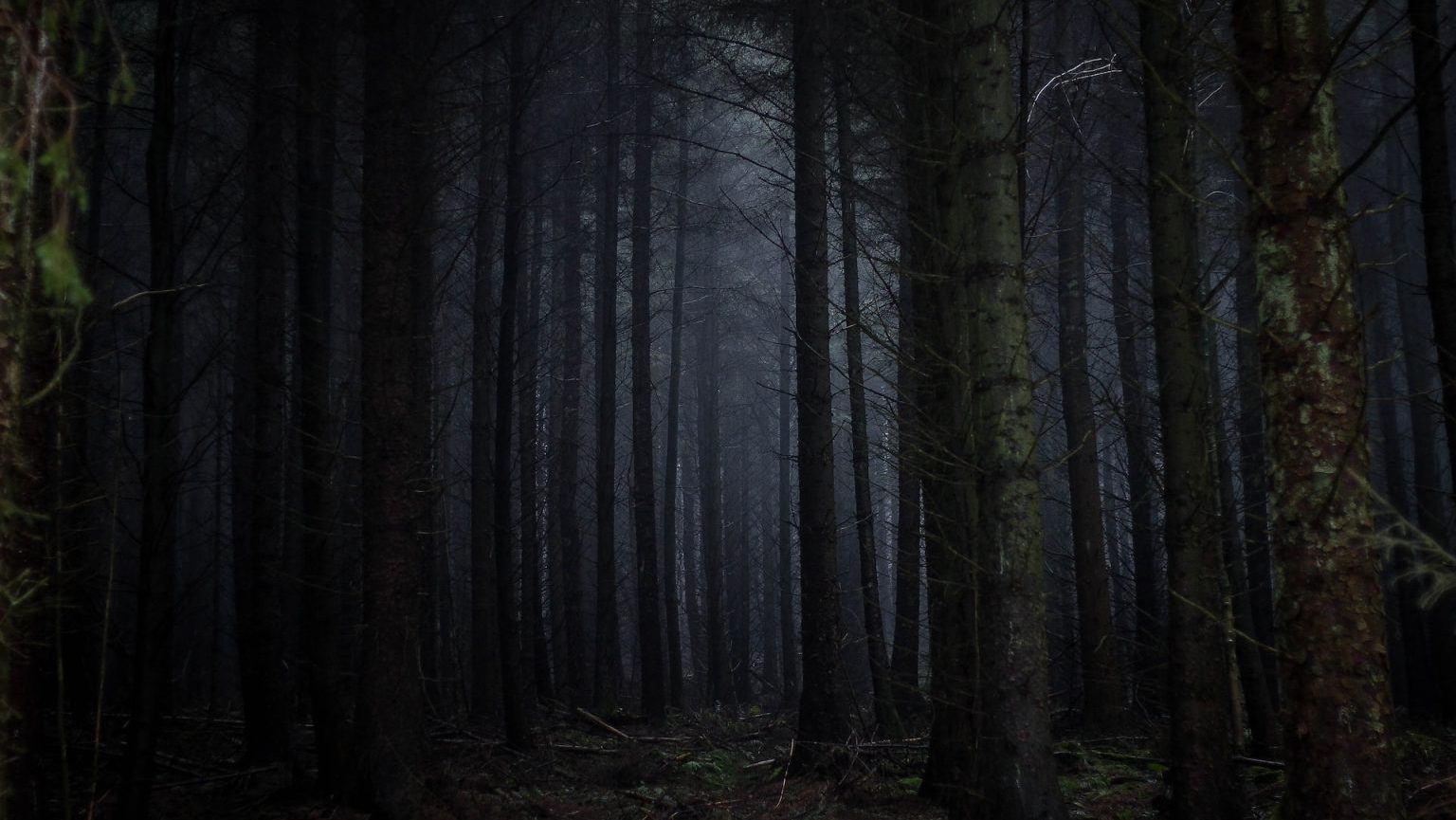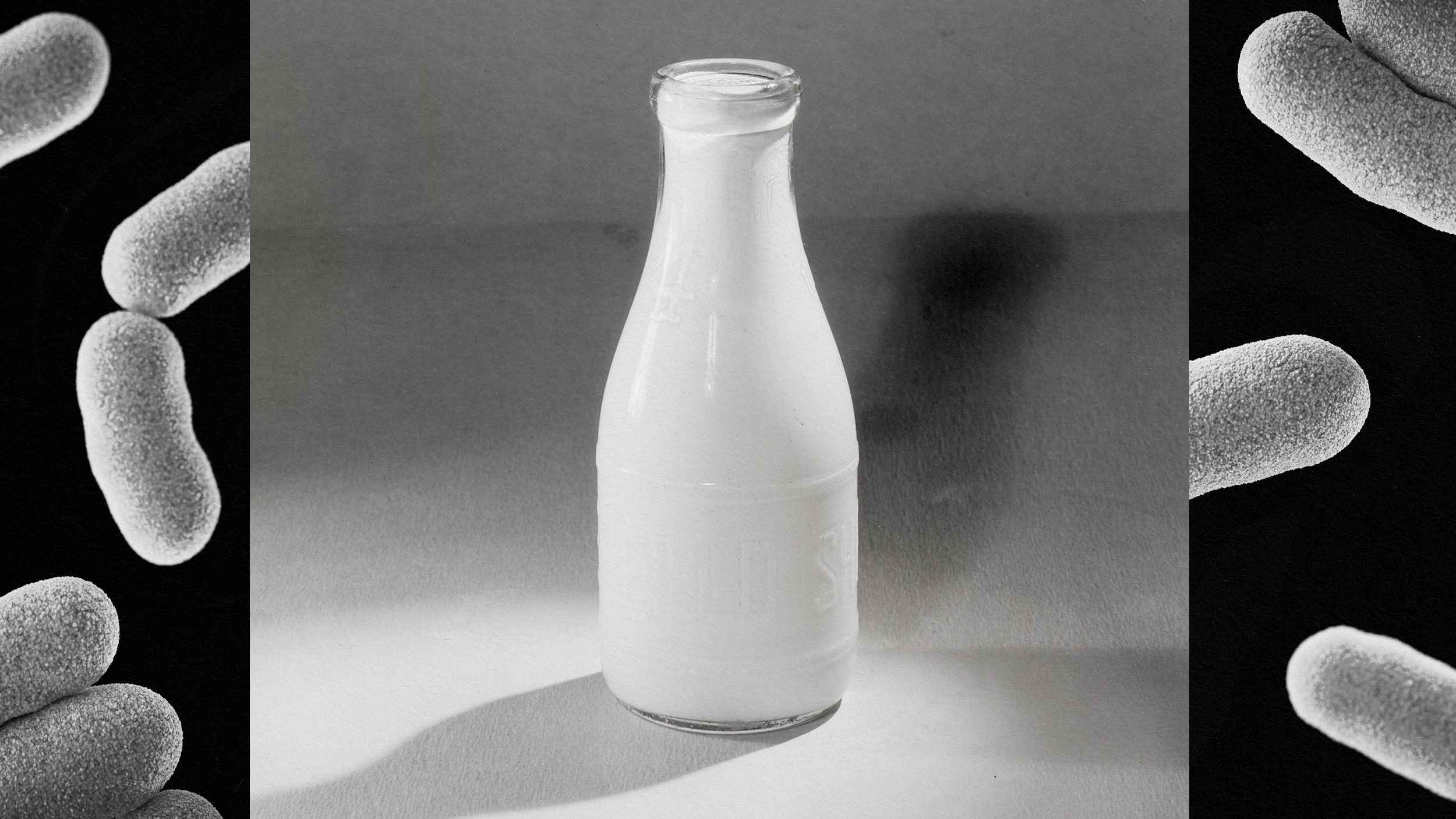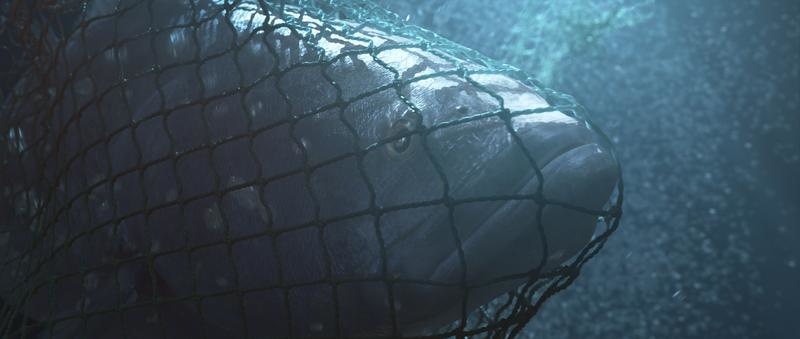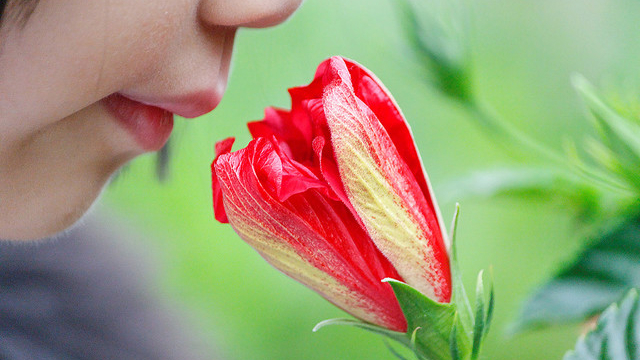The Ones You Love: The Art of Alice Neel
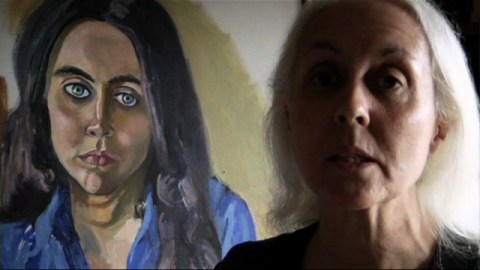
“I don’t care for bohemian culture. Innocent people are hurt by it,” says Richard Neel, eldest son of the painter Alice Neel in Andrew Neel’s documentary film, now available on DVD from New Video. “I was hurt by it.” “You always hurt the one you love,” goes the old pop standard. In this film, Neel’s grandson Andrew, two sons, friends, and critics gather to sing a bittersweet love song to the woman who painted in obscurity for much of her life only to find renown near the very end. The resulting chorus reflects the disharmony of her personal life and the life she gave her sons (and abandoned daughter), as well as the deep feeling Alice had for each of her portrait subjects. It’s this paradox of unfeeling and feeling that makes Alice Neel the person and the artist, and now the film, so compelling.
The film ping pongs back and forth through time and perspectively. At one moment we’re up close and personal with Richard Neel, who recounts the physical abuse he suffered at the hands of documentary filmmaker Sam Brody, Alice’s long-time lover and father of second son, Hartley, the father of the filmmaker, Andrew. Next, we’re listening to Chuck Close or Alex Katz tell us of their reactions to Alice, whom they both met. “She was one of the people who were very important to me, because she was able to breathe new life into the portrait,” Close relates, remarking later on how Alice could paint “a direct, almost seismic record of what she saw.” Katz amusingly recalls how Alice first struck him as “an angry housewife,” before recognizing the “fresh” and “direct” method of painting they both shared. The effect can be disorienting at times, but actually approximates the experience of Alice herself—a disorienting figure who reveled in getting people off guard, to see what they were really like beneath the polite façade.
After marrying Cuban painter Carlos Enríquez in 1925, Alice traveled to her husband’s homeland of Cuba to meet his family. The wealthy family disapproved not only of Carlos’ choice of an artistic career, but also of his choice in Alice. They moved back to America, only to lose their first daughter to diphtheria. When a second daughter, Isabetta, was born, just as their marriage fell apart, Alice left the young girl with Carlos’ family, believing that they could provide better for her than her starving artist mother. The chasm between mother and daughter played out in Alice’s art of the period, like a darker version of Mary Cassatt’s mother and child scenes. The separation left both mother and daughter suicidal for the rest of their lives.
Welfare and work with the WPA helped keep Alice alive as her continued to paint in obscurity. Still legally married to Carlos, Alice took up in the 1930s with John Rothschild, who helped her financially. An affair with a much younger man named Jose resulted in the birth of her son Richard. Years later, she gave birth to Hartley, her son with Sam Brody. Sitting in the apartment in which they grew up, Richard and Hartley struggle on camera to verbalize the strain of the instability of the bohemian lifestyle of their mother while also expressing the love that she gave them. Even though Brody never physically abused him as he did Richard, Hartley always identified with Alice. As a reaction to that instable life, both sons chose respectable careers—medicine and law—to escape the psychic torment of their youth. But, as the film relates, they also honestly loved the extraordinary life, despite the degradations, that their mother gave them.
“She’s not trying to get at an essence of humanity. She’s trying to get at the specifics of that person,” art historian Robert Storr remarks, emphasizing that humanity in Alice’s painting is “not humanity with a capital H.” Similarly, critic Richard Brilliant sees Neel’s art as “heroic” in how it digs beneath the individual’s “mask” or persona really concentrates on the person as a person. To dig beneath, Alice sometimes resorted to violent means of provocation, which could alienate family and friends. “The self we have is an albatross around our necks,” Alice herself says in footage from 1981. Neel always looked to free herself and others from that burden, regardless of the costs that came with the benefits of freedom.
Standing in front of Alice’s portrait of her (shown above, and which we actually see being painted in archival footage), Ginny Neel—Andrew’s mother, Hartley’s wife, and Alice’s daughter-in-law in—muses on how it took several lucky breaks for Alice’s art ever to find mainstream art world recognition. That success made it all seem worthwhile. But what if the breaks had broken differently, Ginny wonders. Would it have all still been worth it? Ginny’s brief appearance and framing of that question acts as the axis upon which the rest of the film spins.
“If she were satisfied with the paragon of what women were to be in her era, she would have accomplished nothing,” Hartley says in defense of his mother. Alice fought not only the expectations of society but also of the art world, which turned its back on figuration during the rise of Abstract Expressionism in the 1950s. “She teaches you never give up,” Harley concludes. “Never give up your inspiration, your bliss…” Despite the sweetness of that final message, the lingering doubts of Ginny’s question cling to your mind long after you finish watching.
“I’m serving a sentence,” Alice says offhandedly in one interview. “Instead of jumping out a window, I’m putting in time.” Like the Ancient Mariner alluded to in her albatross remark, Alice Neel seemed doomed to tell her tale over and over in paint to whomever she could corner. Unfortunately, those cornered always seemed to be those closest to her. In the end, Alice Neel is a both a love story and a cautionary tale about wanting it all and almost ending up with absolutely nothing.
[Many thanks to New Video for providing me with a review copy of Alice Neel, now available on DVD.]
